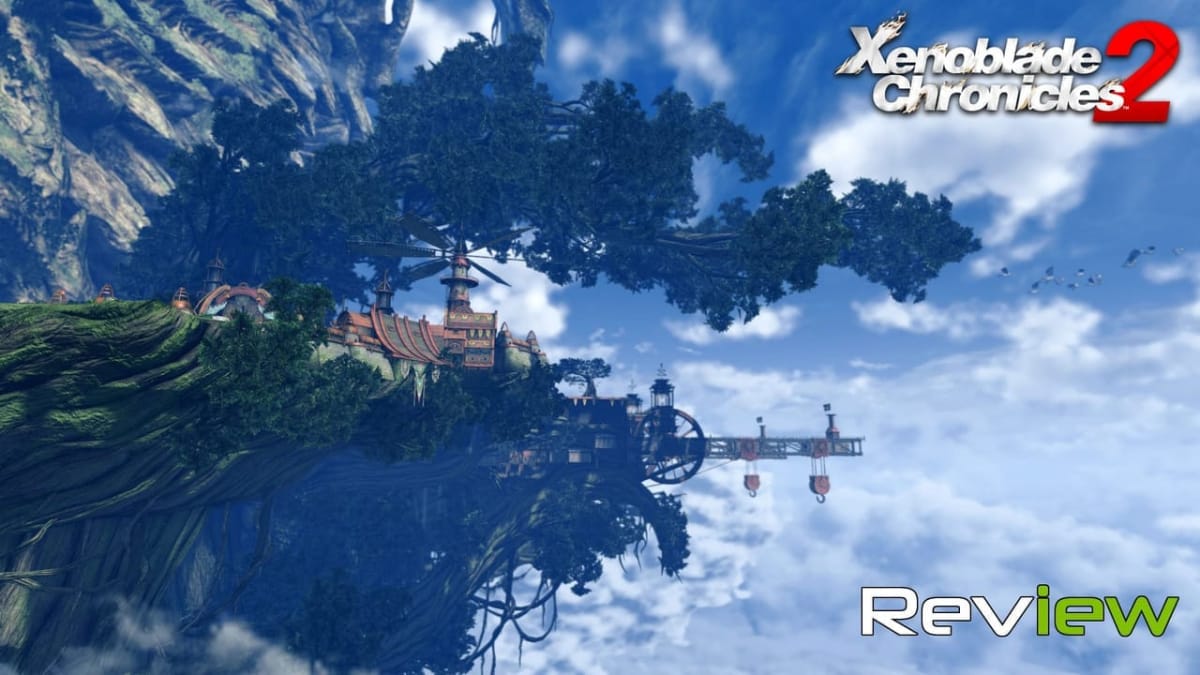Xenoblade Chronicles is one of my favorite games of all time. I don't think I'll ever forget entering Gaur Plains as that now iconic theme swelled up and set the tone for the rest of the adventure. Especially for the Wii, Xenoblade's scope was insane. Not once did I feel that the game was being "held back" by the system. Fantastic art design, an engaging story, one of the absolute best soundtracks of the last decade... I won't claim that the first Xenoblade was perfect, but it did do oh-so-much right. While Xenoblade Chronicles 2 lives up to the astronomical expectations set by the first game in many ways, it doesn't quite hold up under scrutiny.
Xenoblade Chronicles 2 has players take control of Rex, a salvager in the world of Alrest. Salvagers are basically deep-sea divers, diving into the cloud sea that makes up the majority of their world in search of relics and materials that they can sell to make their living. In the world of Alrest, everyone lives on the back of massive titans that swim throughout the cloud sea, circling the World Tree. However, the number of habitable titans are dying - leading some to dream about Elysium, a mythical paradise found at the apex of the World Tree. After certain events early in the story, Rex is killed by an organization called Torna who harbor mysterious intentions. He is brought back to life and becomes the driver of Pyra: a legendary "blade" called the Aegis.
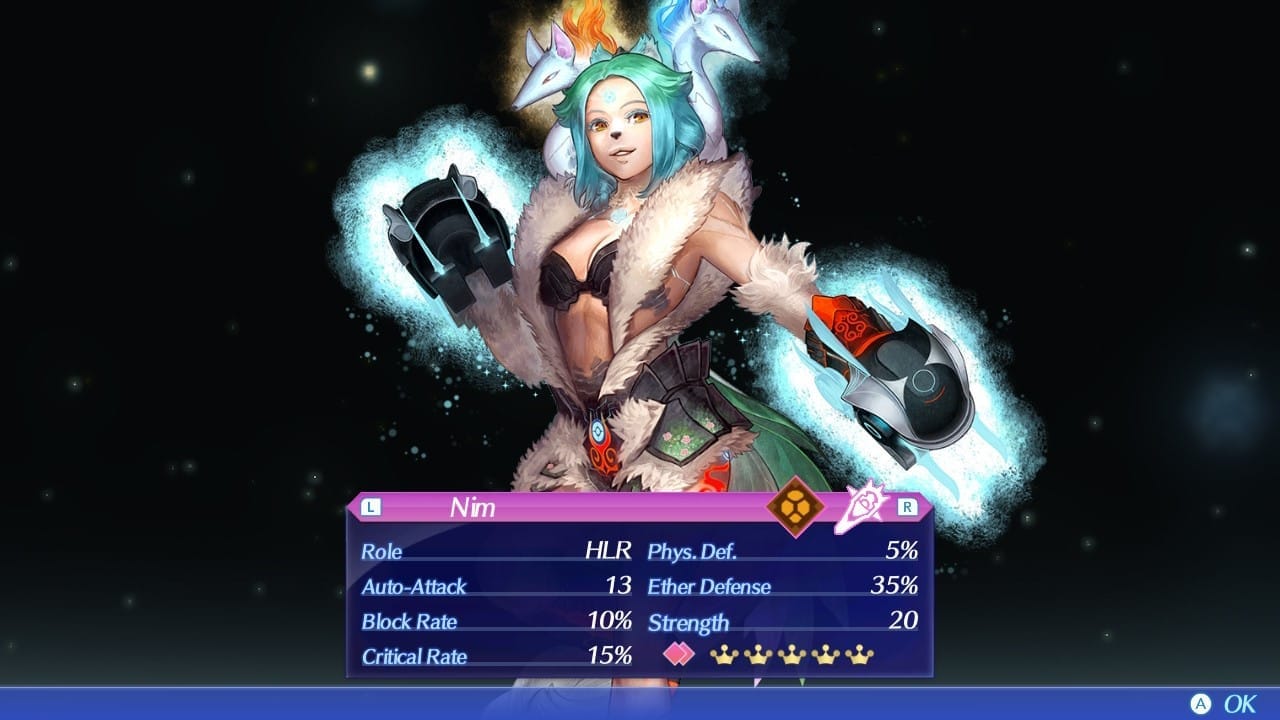
"Blades" are mysterious, immortal lifeforms found in Alrest that some people have the innate ability to "resonate" with, by way of touching a core crystal. Once linked, Blade "Drivers" can use them to gain extraordinary powers in combat, and as a result, Drivers have become the backbone of all the militaries of the various countries in the game's world. One of the driving factors in Xenoblade 2's story is the ever-looming possibility of war between two specific nations - Uraya and Mor Ardain. Namely, the tension arising from Mor Ardain's titan being near the end of its lifespan, and the ever-dwindling land with the potential for people to call their home.
Now, I'm fully aware that this is a lot of information to take in, but one of Xenoblade 2's greatest strengths is how well Alrest as a world is realized. While I miss the almost seamless world progression from the first Xenoblade, where you were literally climbing up the back of one single titan the entire game - seeing just how connected the world truly is between talking to NPCs, completing sidequests, and completing Merc Missions, I'm almost tempted to say that the world-building in Xenoblade 2 manages to ape the first game. I really am a stickler for good world-building in my RPGs, and Xenoblade 2 is up there with the genre's best in that regard.
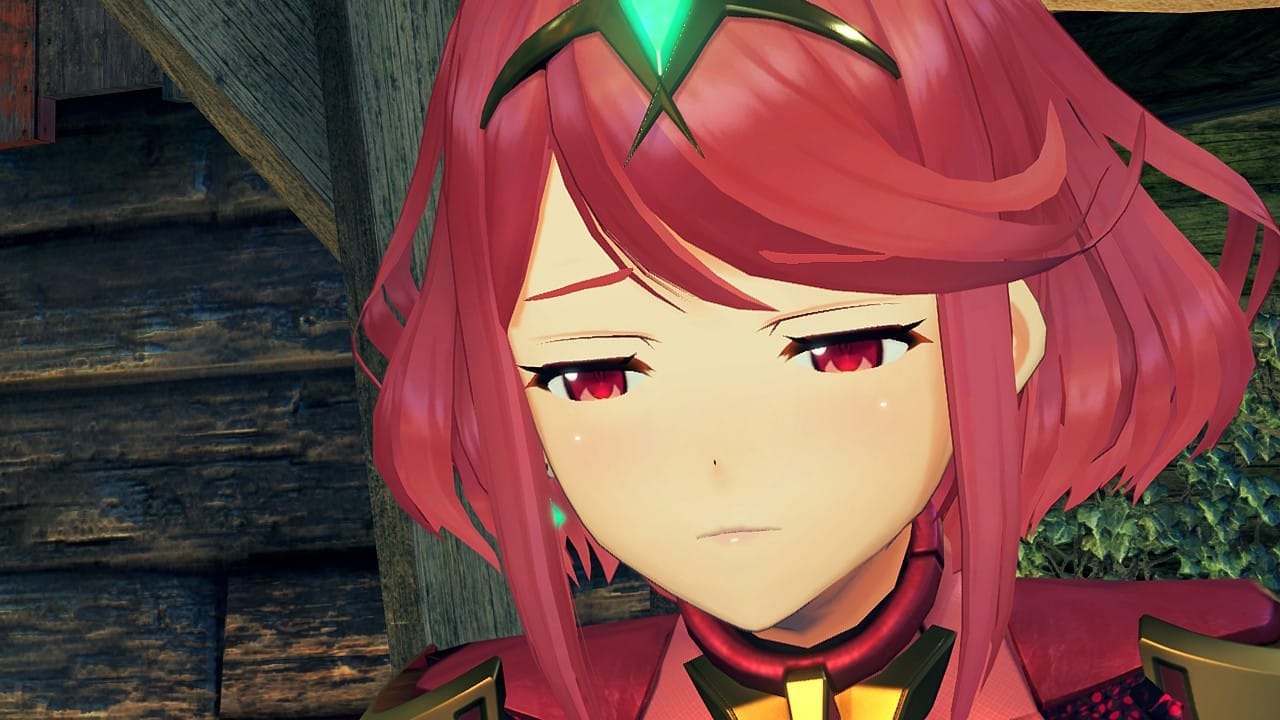
Xenoblade 2's story is more than solid, but I do think it has some issues. Now, you absolutely do not need to have played the first game to understand (most) of the story in this one, and the things that will fly over your head are minor enough that it certainly won't ruin your enjoyment of the game. To go into any more depth would spoil both games, so I'll leave things there. More importantly, my biggest problem with Xenoblade 2's story has to do with pacing... which, unfortunately, is also hard to explain without spoiling parts of the endgame. There are a couple of portions that feel like the developers made a few logical leaps and maybe didn't explain concepts too well. The beginning of Chapter 4 comes to mind along with a few others as the worst culprits. That being said, the story is one of the stronger ones in among current RPGs, and despite some qualms, I might have with the ending (or at least how it's portrayed), I felt that the payoff was easily worth the 70+ hours I spent to get there.
Above anything else, the characters are another one of Xenoblade 2's strong points. The cast is much larger than the previous game, in part due to the addition of Blades. The way that each Blade not only plays off their Driver's quirks but also the quirks of the party as a whole helps make the tense portions of the narrative stick and allow for the game to decompress with some lighter-hearted scenes outside the action. I'd say that Xenoblade 2 has a more depressing tone overall compared to the first game, despite it's considerably more expressive art style, and the character interactions are both what helps the new tone stick as well as keeps it from overbearing the rest of the experience. The tone certainly might not gel with some players that were used to the first Xenoblade, but if nothing else it allows for 2 to stand out from its predecessor. The original Xenoblade was admittedly hit or miss when it came to giving some of the party members character depth, with some given much more development than others, and although that's still a problem in 2, I felt that it suffered to a lesser extent comparatively.
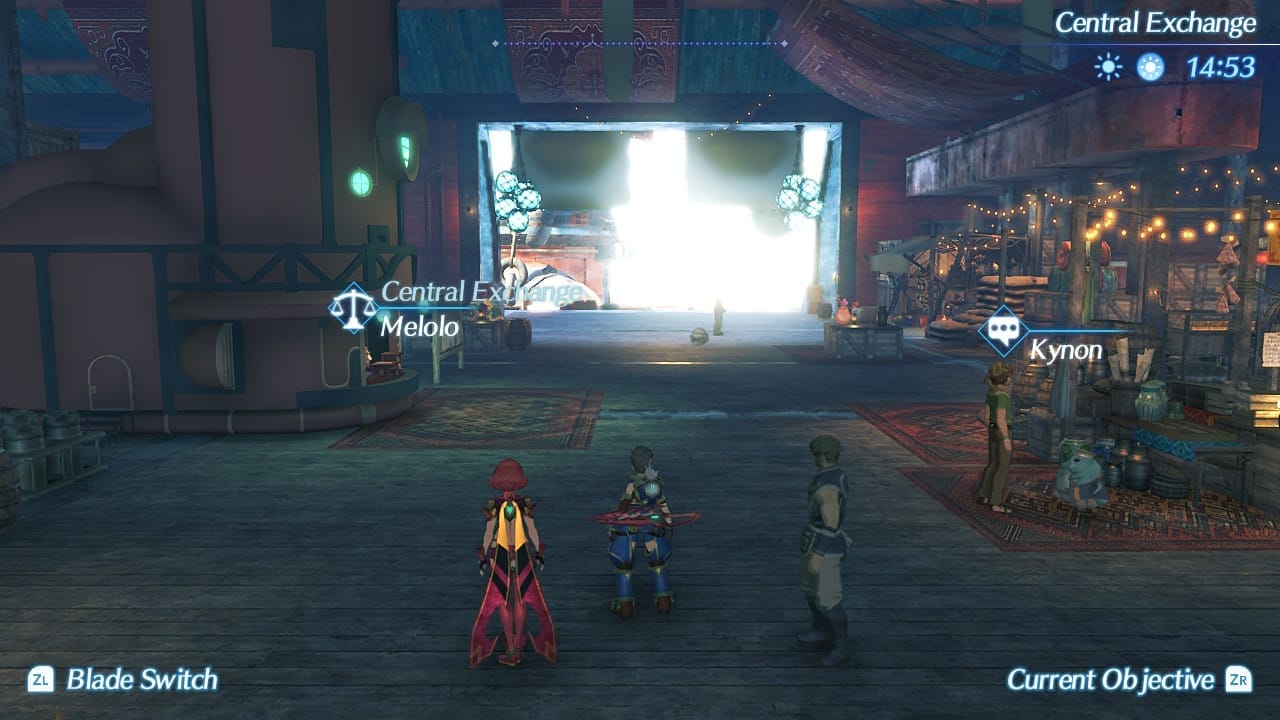
Xenoblade 2's combat is engaging once it opens up to the player, though unfortunately, the game takes a long time to let you take full advantage of the systems at play. The first Xenoblade's combat was at least passable, and I enjoyed it quite a bit, but it would be dishonest to say that it was very deep or even immediately engaging. I've seen it compared to an MMOs combat, and I can see why. Xenoblade 2 doesn't drastically deviate from the first game's combat in that regard - it still feels a bit like playing an MMO, with cooldowns and skill rotations - but what has changed makes the endgame experience much more engaging.
There are a lot of systems at play with Xenoblade 2's combat, but it all boils down to completing "blade combos", creating elemental orbs, and then initiating chain attacks to finish an enemy off. Having a party with a wide spread of blade types and elements is important, and once you "get" the basic loop that combos feed in to, the rest of the combat revolves around keeping enemy attention on a tank character, and making sure that every party member's hp is under control. The game spins its wheels for a long time before truly letting you have full control of the combat, but overall I'd say that it's a much deeper and enjoyable system compared to the first game even early on.
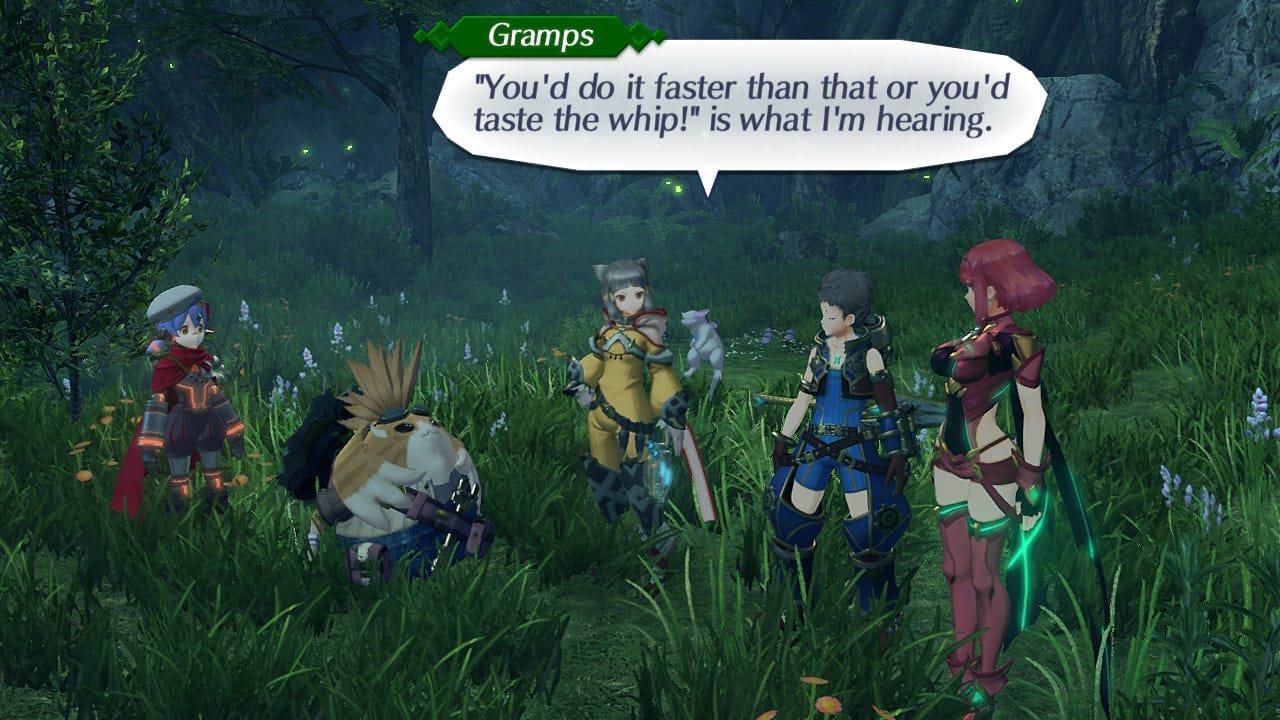
Since blade combos are highly dependent on the blade elements that your party has at its disposal, each character's movesets are based on blade weapon types, and each character's class itself is determined by the blades that they have equipped, it's fair to say that blades truly are the heart and soul of Xenoblade 2. They are your equipment, your moveset, your stats, and they decide how you want to use a character both in and out of combat. There is a lot to love with the system, as it allows players a great degree of customization to suit their playstyles, but what is the system's strength is also its greatest weakness. Blades are - for the most part - randomly unlocked via the act of having a character resonate with a core crystal. Most of the blades you'll resonate with are common blades, with a standardized mechanical design. They'll be weaker, have less unlockable skills, and will overall be much less desirable compared to the much more coveted Rare blades that will pop out of a core crystal at a lower rate.
I believe the correct term for Xenoblade 2's Core Crystal system would be "gacha", if you've played Nintendo's own Fire Emblem Heroes mobile game, or any other Japanese free-to-play mobile game really, you should have an idea of what to expect here. Core Crystals cannot be bought with real money, of course, but even with that caveat I can't help but find the whole system downright detrimental to the rest of the game. Considering just how deeply having a large and varied selection of blades for combat and how necessary certain field skills are to progress later on in the game, having blade progression so completely beholden to RNG seems like a poor decision at best. What makes matters even more baffling is that there are a few rare blades that are unlocked via a sidequest. Why couldn't all of the rare blades be unlocked that way? Hell, they already have at least 1 sidequest tied to each of them!
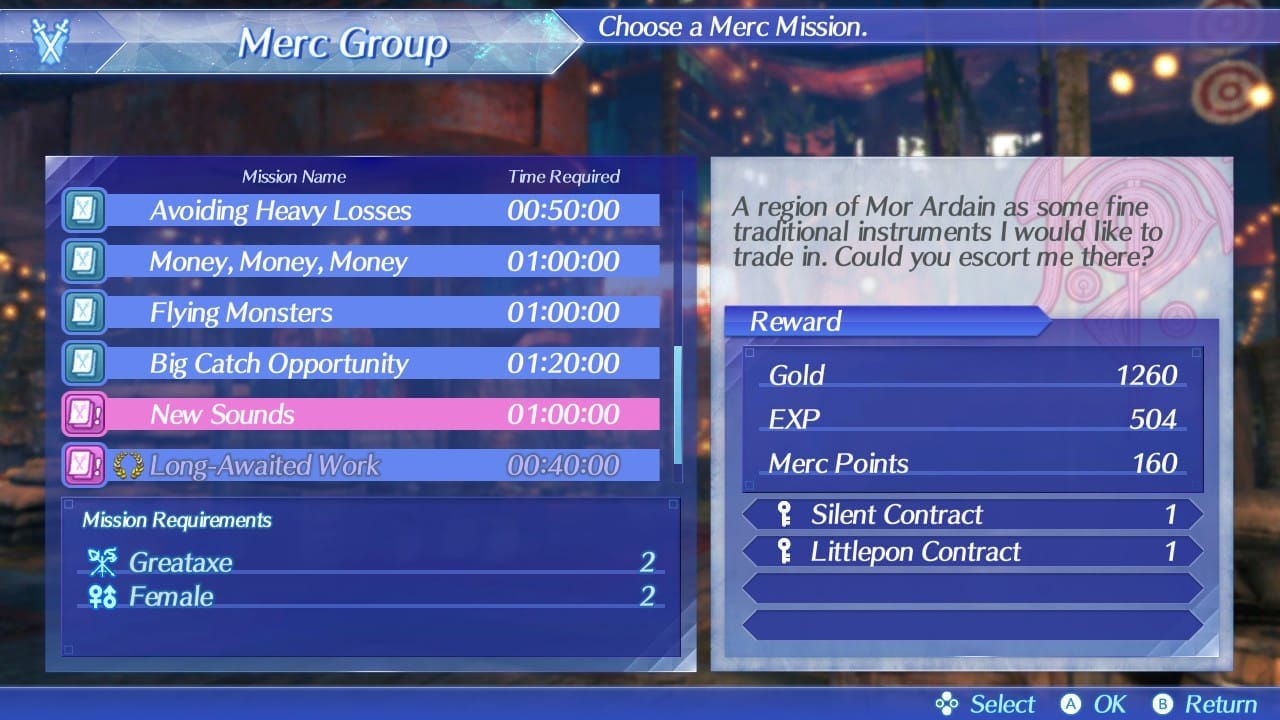
Field Skills are the biggest addition Xenoblade 2 has tied to its exploration. Unlike in the original Xenoblade where world exploration was completely open to the player from the start (if they could dodge higher level enemies in the overworld), a lot of Xenoblade 2's unique locations are now hidden behind areas in the environment where players are forced to clear a "field skill" check on their currently equipped blades. Want to jump up to a higher point? Equip blades with a combined level 5 leaping and a level 4 wind mastery. Want to get past this wall of darkness? Level 9 dark mastery, please.
The problem stems from how many of these field skills are, of course, locked to certain blades and you really have little to no way to ensure that your blade draws will give you the necessary skills to explore past these checkpoints. Now, you can level up these skills by completing certain challenges on a blade's affinity chart which mitigates some of the stress, but the base problem still remains. In the game's defense, most of the field skills necessary to complete the game are already present on the blades that your party comes locked with, but the fact that you could be prevented from progressing in the game due to whims of the RNG is just bad design, period. That's not even getting into how basic party composition is completely dependent on the RNG as well.
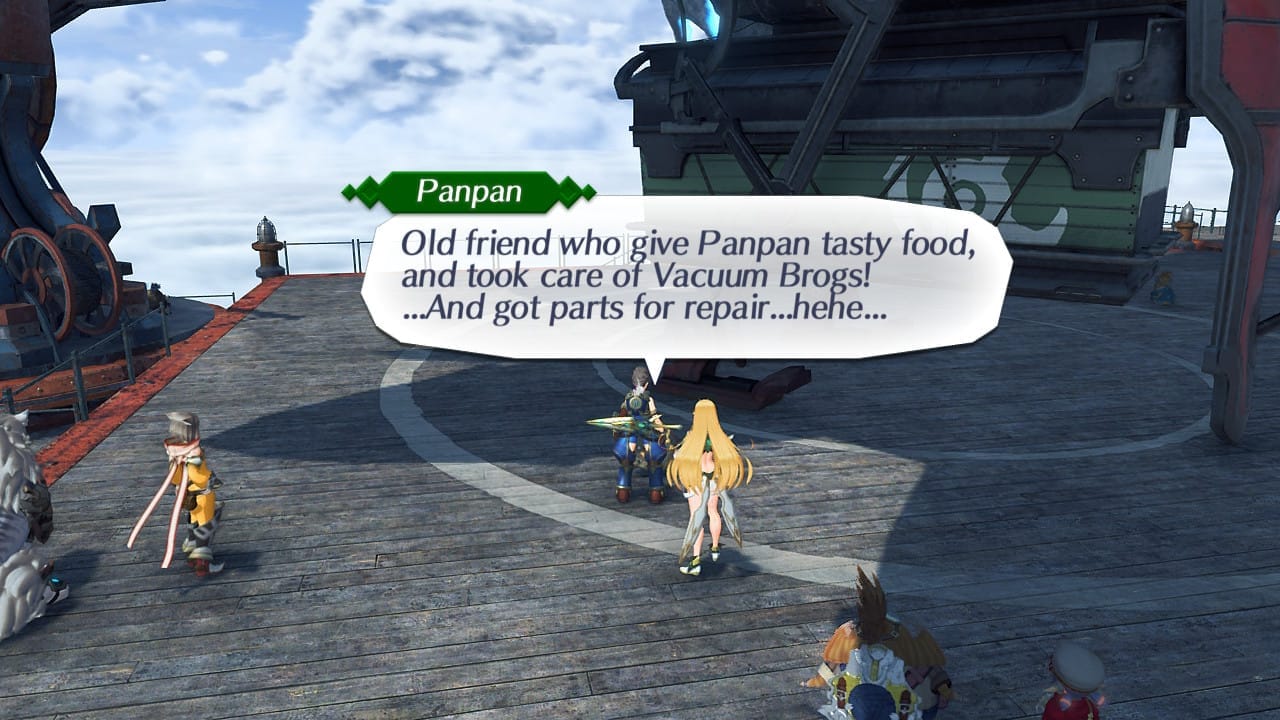
That all being said, I suppose I should address the other, larger elephant in the room: Xenoblade 2 feels rushed. Whether it's a lack of basic quality of life features that the first game had (such as the ability to review tutorials!), performance problems, a considerably worse English dub compared to the first 2 titles or even a resolution that hits 368p in handheld mode Xenoblade 2 as a package feels considerably less polished compared to both the original Xenoblade and Xenoblade Chronicles X. It's not a big surprise, really. Xenoblade Chronicles X came out in Japan in April of 2015, so the time between that games release and this one is nearly half as long as the gap between the original Xenoblade and X. Although it seems likely that Xenoblade Chronicles X's engine was used as a base for Xenoblade 2, that's still a much shorter turnaround compared to Monolith Soft's last outing.
Regardless of the circumstances, the inconsistent polish is felt throughout the entire game. For a few seconds after fast-traveling to a different location, there isn't a floor. Areas are blurry messes as textures load in. I'll let the Digital Foundries of the world speak to that. The user interface isn't very good, a definite step down from the first game, even after a patch was released to make it better. When the game works, completely separate from my problems with the blade system, it's a fantastic game. The combat is engaging, the soundtrack is among the best of the last decade, and the story managed to keep me hooked until the ending. It's just that the seams are dreadfully clear. In an age where developers seem almost obsessed with keeping players immersed with the "experience", it's more than a bit of a shock to see such a narrative-heavy game let the illusion break so easily. Maybe this sounds like a nitpick, and it probably is, but I'd be lying if I said it didn't have any effect on my enjoyment of the game.
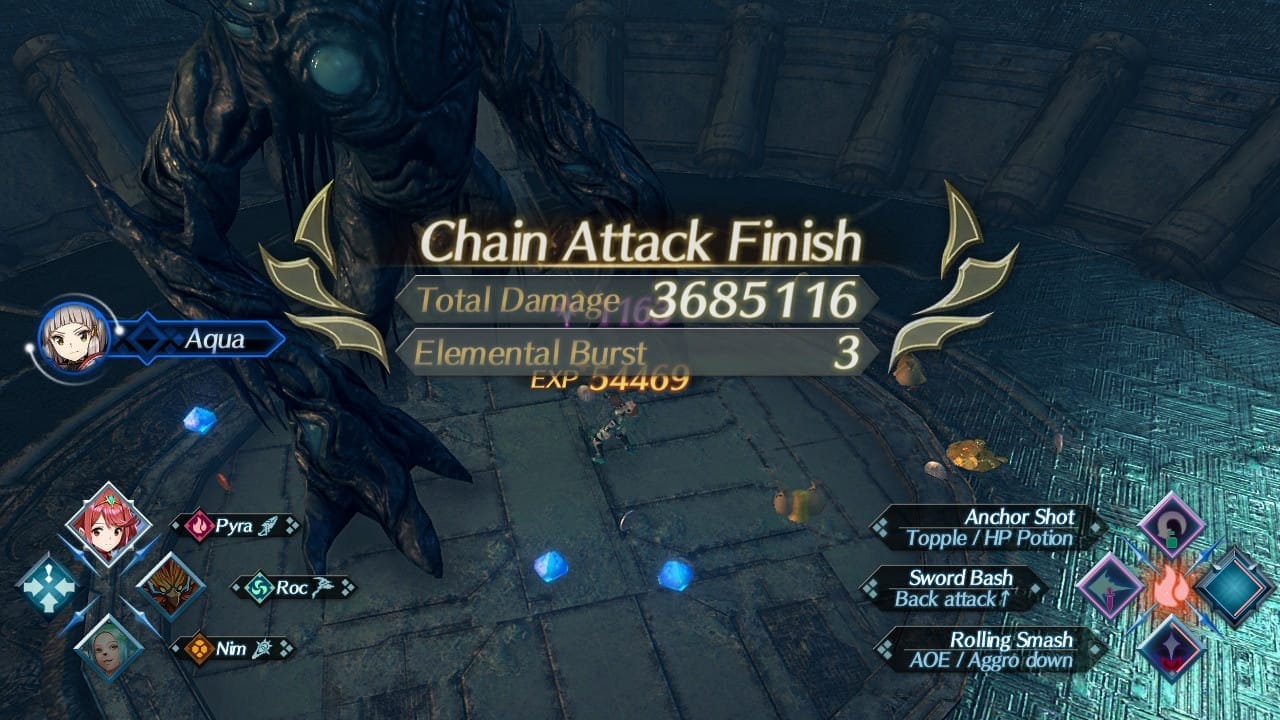
Without a doubt, Xenoblade 2 has been the game with the longest laundry list of strengths and faults that I played last year. Despite my qualms with field skills, Xenoblade 2's world has been the most breathtaking and enthralling world I've had the pleasure of exploring in a long time. Despite the problems with blade RNG, the battle system was much more engaging than the one in the original Xenoblade on the New Nintendo 3DS and Wii. Despite my problems with the story's pacing, I still found myself waiting to see how it would end.
...However, despite how much I might have personally enjoyed it, its warts are more than clear. It's honestly baffling that with how much unique content the game has for you to tackle that it's so content with downright wasting your time. Some of it falls under the general quality of life complaints, like how you have to manually equip blades that have the field skills you need and then manually re-equip your prior blades after dealing with the environment, but others are interesting ideas just gone too far. Ursula's affinity chart is a nightmare and I have zero expectations that the individuals that designed it did the math for exactly how long and tedious the process of filling it out would actually be in-game. There should not have been a limit to how many blades you could resonate with in the first place, and having said limit tied to Merc Missions and progression in that system is even worse. Frequently, it feels like the entire game is at odds with your time to actually play it, which is frustrating considering it would still be a huge RPG - longer than the first game, even! - without the padding.
Xenoblade 2 frustrates me because it is a great game that should have been an amazing one. I have some hope that as time goes on the developers will make changes that improve it for the better, but until then it's only an RPG that I can recommend to those that are willing to give it the time and pace that it demands. It's a disappointing follow-up to one of the best JRPGs of all time, but taken as its own beast Xenoblade 2 is a tale worth experiencing.
Xenoblade Chronicles 2 was reviewed on Nintendo Switch a copy purchased by the reviewer.
Review Summary
Xenoblade Chronicles 2 does a lot of things right, but suffers under its own weight and poor design decisions. Despite everything it's the first exclusive jRPG worth owning for the Switch, and with a little more polish it could be one of the best jRPGs of the last few years.
(Review Policy)Pros
- Fantastic soundtrack
- Beautiful world design
- Great battle system
Cons
- Poor pacing
- Frustrating Core Crystal RNG
- Field Skill Requirements
Have a tip, or want to point out something we missed? Leave a Comment or e-mail us at tips@techraptor.net
